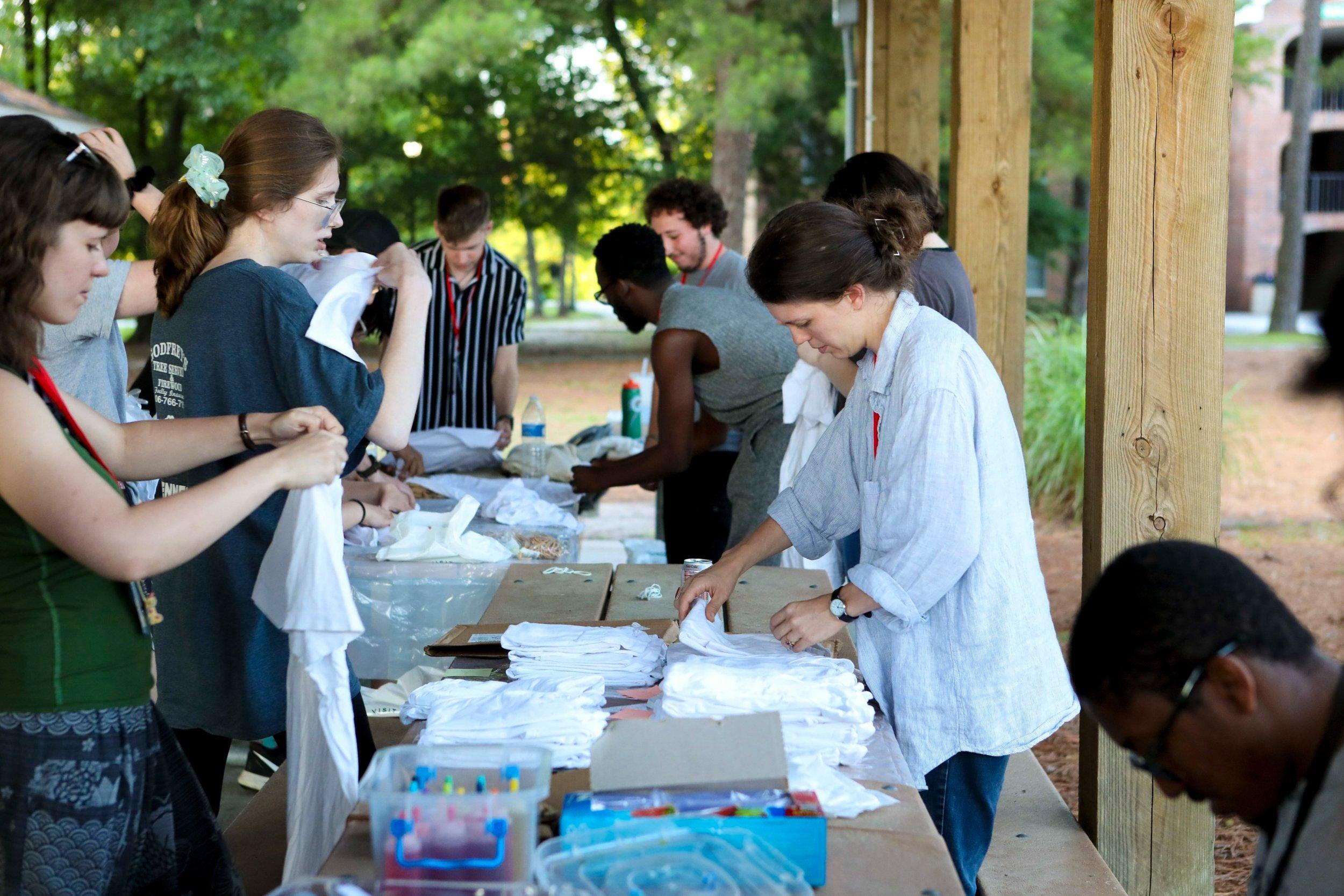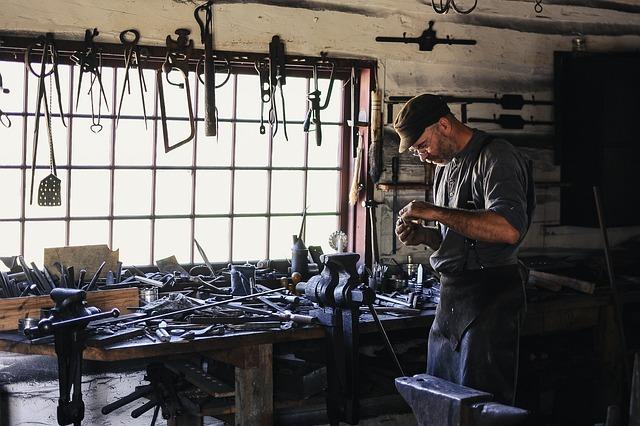In the world of filmmaking, where visions come to life and stories unfold frame by frame, there’s an often unseen force that propels a production from good to great: on-set camaraderie. Beyond the scripts, cameras, and lights, it is the bond among the cast and crew that breathes life into a project. This synergy, a delicate tapestry woven from mutual respect and shared passion, can transform the filmmaking process, fostering an environment where creativity thrives and challenges are met with collective resolve. In this exploration, we delve into how the spirit of collaboration not only shapes the atmosphere on set but also leaves an indelible mark on the final masterpiece.
Building Bonds Beyond the Script
- Enhanced Communication: When cast and crew foster genuine connections, it leads to open and effective communication. This understanding allows for seamless execution of complex scenes, ensuring everyone is on the same page and can adapt quickly to changes.
- Increased Creativity: A supportive environment encourages individuals to express ideas freely, leading to innovative solutions and creative breakthroughs. When everyone feels valued, unique perspectives flourish, enhancing the film’s overall quality.
- Stress Reduction: The film set can be a high-pressure environment. Building strong relationships helps in alleviating stress, as team members can rely on each other for support, share responsibilities, and maintain a positive atmosphere even during challenging times.
Beyond the technical aspects, filmmaking is an emotional journey. The trust and camaraderie developed on set not only enhance the production process but also leave a lasting impact on everyone involved. These bonds translate into authentic performances and a cohesive final product, resonating with audiences and making the filmmaking experience truly memorable.
Fostering Trust and Creativity Among Crew
In the intricate dance of filmmaking, the synergy between crew members can often determine the success of a project. Building a foundation of trust is paramount; it allows individuals to feel confident in their roles and encourages open communication. When crew members trust each other, they are more willing to share ideas, take risks, and collaborate on creative solutions. This trust fosters an environment where creativity can flourish, unburdened by the fear of judgment or failure.
- Open Dialogue: Encourages innovative ideas and quick problem-solving.
- Shared Vision: Aligns the team towards common goals, enhancing productivity.
- Mutual Respect: Builds a supportive atmosphere, where every contribution is valued.
Furthermore, nurturing creativity involves recognizing and celebrating the unique talents each member brings to the table. By embracing diverse perspectives and skills, a film set becomes a melting pot of innovation. This collaborative spirit not only enhances the filmmaking process but also ensures that every voice is heard, making the final product a true reflection of collective creativity.

Effective Communication as a Catalyst for Collaboration
In the dynamic world of filmmaking, the art of communication plays a pivotal role in fostering a collaborative environment. A set where communication thrives often sees a seamless blend of creativity and efficiency. Directors, actors, and crew members must be on the same wavelength, sharing a common vision and understanding of the project. This mutual understanding is not just about conveying ideas but also about listening and adapting. When team members feel heard and valued, it leads to a more cohesive unit where each person’s contributions are recognized.
To cultivate such an environment, consider these key practices:
- Open dialogue: Encourage regular and open discussions, allowing everyone to voice their thoughts and concerns.
- Active listening: Prioritize understanding over responding, ensuring that each team member feels acknowledged.
- Clear roles: Define and communicate roles and responsibilities to avoid confusion and overlap.
- Feedback culture: Foster an atmosphere where constructive feedback is both given and received positively.
Implementing these practices can transform the filmmaking process, making it not only more productive but also more enjoyable for everyone involved.

Strategies for Cultivating a Positive Set Environment
Creating a harmonious atmosphere on set is essential for the seamless execution of a film project. One effective approach is to establish clear communication channels. Ensuring that everyone, from directors to crew members, understands the day’s goals and challenges can prevent misunderstandings and foster a sense of unity. Regular check-ins and feedback sessions encourage open dialogue, making it easier to address issues before they escalate.
Another vital strategy is to cultivate an environment of mutual respect and inclusivity. Recognize and celebrate the diverse talents and perspectives that each team member brings to the table. Simple gestures like acknowledging hard work or providing opportunities for team members to share ideas can significantly enhance morale. Additionally, organizing team-building activities, whether a casual lunch or a creative workshop, can strengthen bonds and inspire a collaborative spirit.
- Empathy and Understanding: Foster a culture where empathy is prioritized, allowing team members to support each other through challenges.
- Flexible Scheduling: Respecting personal time and offering flexibility can lead to a more engaged and committed team.
- Recognition and Reward: Implement a system to acknowledge contributions, boosting motivation and enthusiasm.

